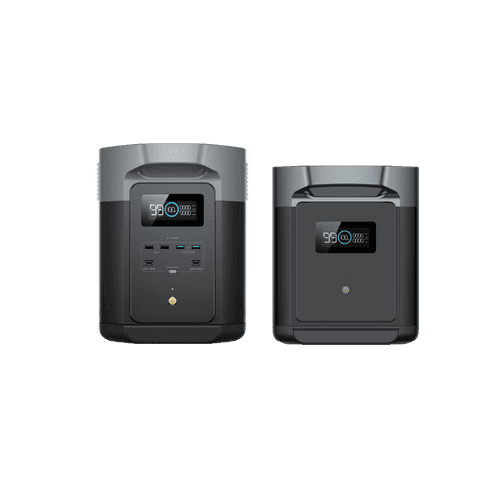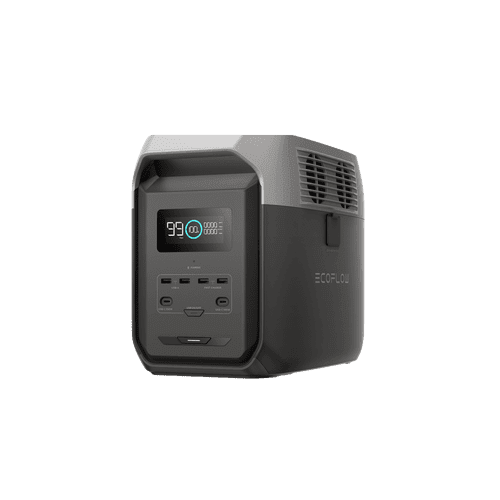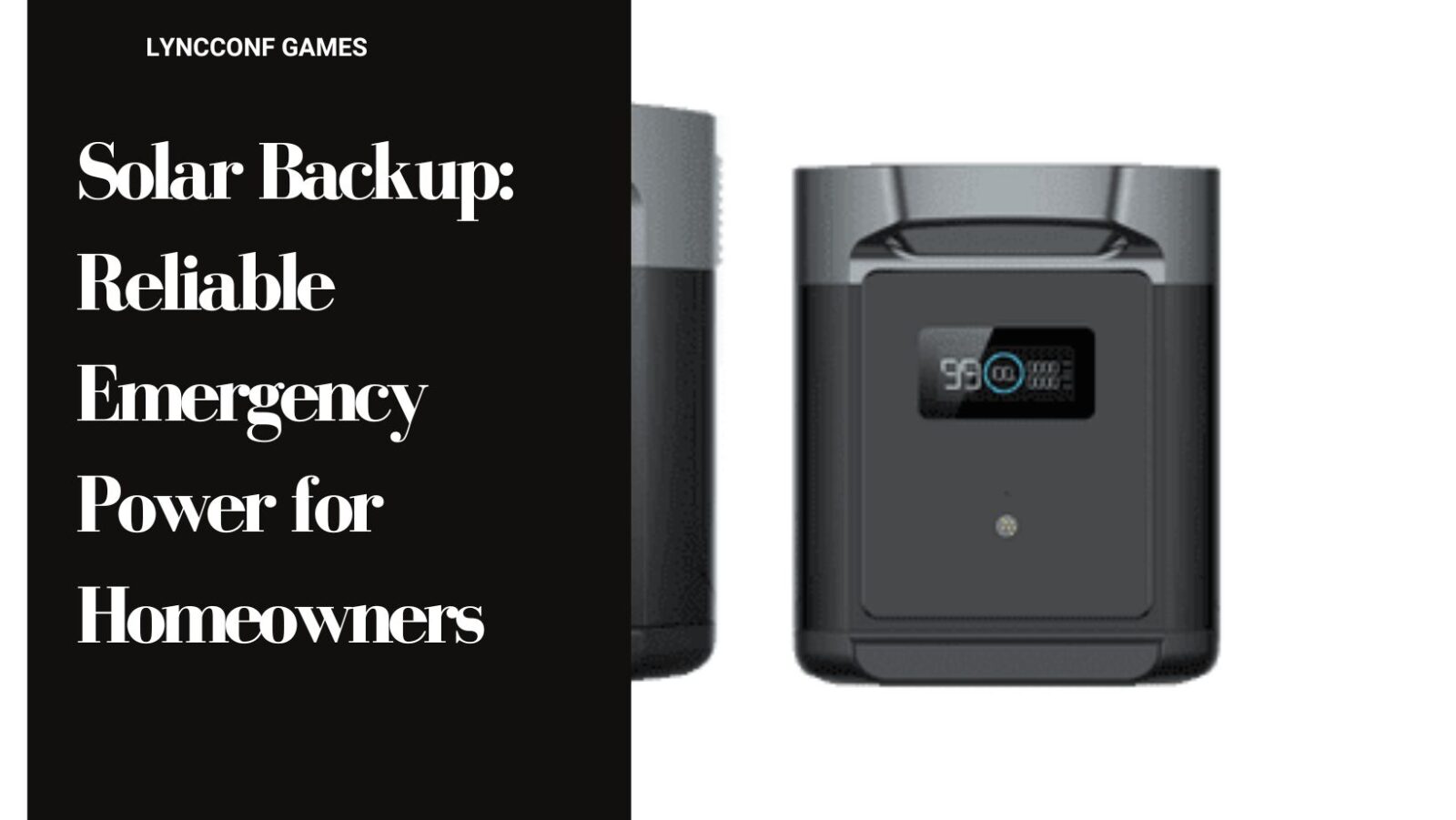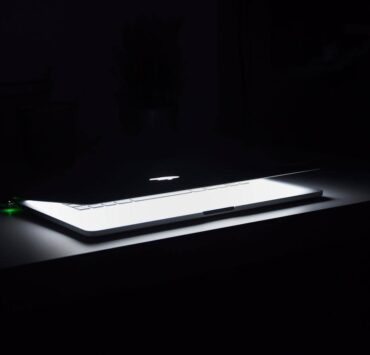As extreme weather events become more frequent across the United States, power outages are increasingly disrupting daily life and threatening home safety. In 2023 alone, millions of Americans experienced extended blackouts, highlighting the vulnerability of our traditional power grid. Modern homeowners need reliable backup power solutions that go beyond conventional generators. Enter the next generation of home energy security: portable power stations with integrated solar charging capabilities. These systems offer unmatched reliability, easy portability, and the ability to harness clean solar energy for continuous power supply. This guide will walk you through everything you need to know about selecting and setting up a solar backup system to protect your home and family during emergencies.
Table of Contents
ToggleWhy Homeowners Need Emergency Power Solutions
Recent data from the U.S. Department of Energy reveals that Americans experienced an average of 7.8 hours of power outages in 2022, a 58% increase from previous years. These disruptions pose serious risks beyond mere inconvenience. Extended blackouts can lead to thousands of dollars in spoiled food, life-threatening situations for those relying on medical devices, and compromised home security systems leaving properties vulnerable. Traditional generators, while common, present their own challenges – producing dangerous carbon monoxide fumes, requiring constant fuel maintenance, and generating noise levels that violate many neighborhood ordinances. Modern portable power stations address these limitations while offering superior reliability for home backup needs. These systems provide silent operation, zero emissions for safe indoor use, and minimal maintenance requirements. For homeowners seeking peace of mind, portable power stations represent a practical solution that can be easily stored in a garage or utility room, ready to deploy at a moment’s notice. Their ability to power essential appliances while maintaining home comfort makes them an invaluable investment for protecting families during increasingly frequent grid disruptions.
Understanding Portable Power Stations
Portable power stations represent a revolutionary shift from traditional backup power solutions, utilizing advanced lithium battery technology instead of fossil fuels. These compact units integrate high-capacity batteries with pure sine wave inverters that deliver clean, stable power through multiple outlet types including AC, DC, and USB ports. Unlike conventional generators, portable power stations operate silently and emit zero fumes, making them perfectly safe for indoor use during emergencies. Their sophisticated battery management systems provide comprehensive protection against overcharging, short circuits, and temperature fluctuations, while built-in surge protection safeguards connected devices. Leading manufacturers like EcoFlow have pioneered systems that eliminate the ongoing maintenance headaches associated with gas generators – there’s no need to store fuel, change oil, or perform regular engine maintenance. The units remain ready for immediate deployment, requiring only occasional charging to maintain optimal battery health. This combination of safety features, reliability, and minimal maintenance requirements makes portable power stations an ideal solution for modern home backup power needs.
Solar Technology Breakdown
Advanced solar backup systems employ groundbreaking charging technology, which revolutionizes how homes harness and store solar energy. The best systems utilize Lithium Iron Phosphate (LFP) batteries, delivering exceptional durability with over 6,000 charge cycles – triple the industry standard.

This translates to over 15 years of reliable daily use, making it a truly long-term investment for homeowners. The modular design allows for seamless capacity expansion, enabling households to start with a base system and scale up as their energy needs grow. Through intuitive mobile apps, homeowners gain unprecedented control over their power consumption with real-time monitoring, usage patterns, and predictive analytics that optimize energy distribution. The solar integration capabilities stand out with industry-leading conversion efficiency, capturing up to 40% more solar energy than conventional systems. During peak sunlight hours, modern charging technology enables charging speeds up to five times faster than competing products, ensuring maximum energy harvest. This rapid charging capability, combined with intelligent power management, creates a robust ecosystem where homes can maintain continuous power even during extended outages.
Solar Charging Setup: Step-by-Step Guide
Setting up your solar charging system requires careful planning for optimal performance. Begin by selecting compatible solar panels rated within your power station’s input voltage range – ideally 100W to 400W panels with MC4 connectors. Position panels where they receive 6-8 hours of direct sunlight daily, typically facing south at a 30-45 degree angle, clear of shade from trees or buildings.

When connecting panels, ensure proper polarity by matching red to positive and black to negative terminals, and secure all connections with weatherproof caps. Monitor initial charging performance through your system’s app to verify optimal setup. For maximum system longevity, maintain clean panel surfaces with monthly cleaning using soft cloths and distilled water. Regularly cycle batteries between 20% and 80% charge to preserve capacity. During winter months, adjust panel angles steeper by 15 degrees to compensate for lower sun position. Remember to store panels flat or upright when not in use, avoiding pressure points that could damage cells.
Emergency Deployment Scenarios
When severe weather threatens, preparation and proper system deployment become critical. Start by creating a dedicated power station storage area with clear access and charging indicators. At least 48 hours before expected storms, ensure your system is fully charged and solar panels are secured. Maintain an appliance priority list: first-tier essentials like medical devices and refrigeration require dedicated outlets, while secondary devices like phones and laptops can share USB ports. For refrigerators, allow 2-3 hours of runtime every 8 hours to maintain safe temperatures. During multi-day outages, maximize morning solar charging between 9 AM and 3 PM to replenish batteries. Keep the power station in a well-ventilated indoor location, away from water sources and heat-generating appliances. Monitor battery levels through the app and adjust power distribution as needed. For extended outages, implement a rotation schedule for non-essential devices to conserve power. Remember to test your backup system monthly, ensuring all connections remain secure and components function properly.
Securing Your Home’s Energy Future
As extreme weather events and grid instability continue to challenge our daily lives, the importance of reliable backup power solutions cannot be overstated. Modern portable power stations with integrated solar charging capabilities represent a significant advancement in home energy security.

These systems offer unmatched reliability, zero emissions, and minimal maintenance requirements while harnessing renewable solar energy. By combining advanced battery technology with intelligent power management and rapid solar charging, today’s systems provide homeowners with a sustainable, future-proof solution for emergency power needs. The ability to scale capacity, monitor usage through smart applications, and maintain continuous power through solar integration delivers peace of mind that traditional generators simply cannot match. As you evaluate your home’s backup power requirements, consider how a solar backup system can protect your family and property during emergencies while contributing to a more sustainable future. Take the first step toward energy independence today by assessing your power needs and exploring the solar-powered solutions that best fit your household’s requirements.






